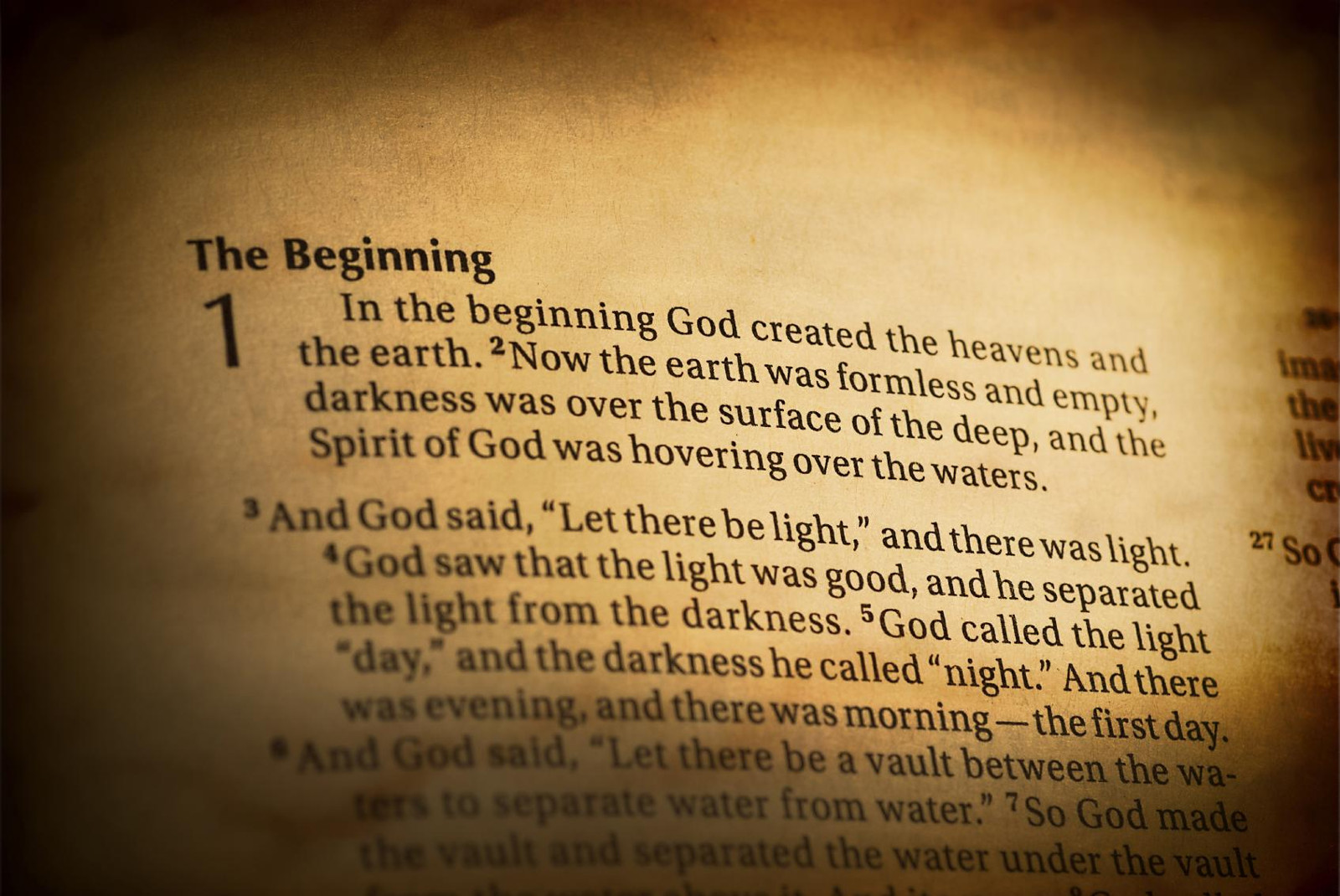Bringing Together God’s Two Books
With each passing year science advances a little more deeply into a realm once considered the private preserve of theologians. Cosmology (study of the origin and features of the universe) is not the only place where science has penetrated theology’s domain. Discoveries in paleontology, archeology, geology, genetics, neuroscience, biology, biochemistry, and origin-of-life research, for example, compel scientists to consider the theological implications of their findings. And, they compel people of faith to do the same.
This intrusion has generated widely diverse responses, and yet each seems to fall into one of four main categories:
• Science deals with facts; faith deals with feelings (separate “magisteria”).
• Science and faith are enemies in the battle for truth.
• Science and faith tell somewhat different but complementary stories.
• Science and faith can be integrated in a constructive way.
Given that Christian faith has its roots in acknowledgment of the Bible as God’s true and trustworthy Word, constructive integration—belief that nature and Scripture tell the same story— held sway throughout most of Christendom for many centuries. This view is set forth beautifully in the Belgic Confession.
The fact that the scientifi c method and scientific revolution sprang from the Reformation says a lot about the Bible’s wealth of scientific content. By my count, more than 1,500 Bible verses (not just those in Genesis) specifically describe the natural realm. Given that both records come from God, it seems obvious they would overlap—and agree.
That’s not to say conflicts between science and theology will never arise. Science is not the same thing as the record of nature; neither is theology the same as Scripture. Both science and theology represent human attempts to interpret and understand. Our incomplete knowledge and personal biases can—and do—lead to incorrect conclusions even though the words of the Bible and the facts of creation are wholly consistent and come from the same Source. Early clashes created a serious and unnecessary rift. The exciting task before us is to ferret out our faulty interpretations (on both sides) and correct them.
RTB scholars view apparent contradictions as opportunities to test competing perspectives, or models. We’re convinced that the more we learn about the Bible and the natural realm, the more compelling the evidence for God’s divine authorship of both books.






